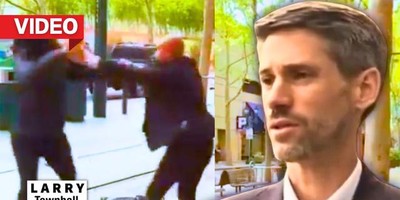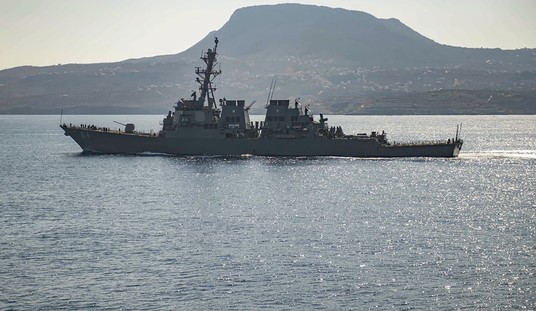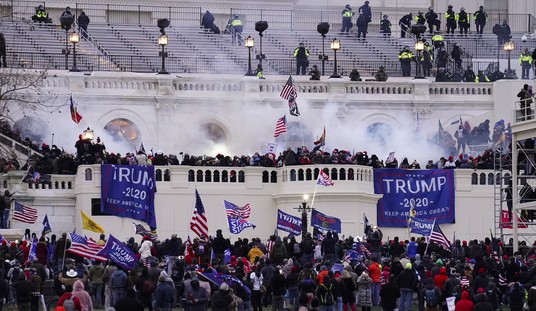No, the Korean War is not over, at least not officially. The next president, whether President Barack Obama in his second term or Gov. Mitt Romney in his first, will be a Korean War president, and, unless the ceasefire totally craters, one of them will oversee the 60th anniversary of that ceasefire and the 63rd anniversary of the beginning of the Korean War, which started with the Communist North's Joseph Stalin-approved attack on the South in June 1950.
Based on my recent trip to South Korea, the prospects for either candidate becoming the first president to see the first day of a Korean War peace is slim, though not completely impossible. South Korea's economic dynamism and increasing cultural influence make it clear which side has won the war for who eats, who enjoys life and who can party hardy.
The South won that fight, overwhelmingly, from the seaport of Mokpo on the southwestern tip of the peninsula (it reminded me of U.S. ports in the Pacific Northwest) to global and glitzy Seoul, South Korea's capital. Seoul epitomizes South Korea's big-time win in wealth, art and fun. Seoul arrived well-before Korean rap star Psy parodied the arriviste pretensions of its Gangnam district, with his top-rated YouTube video, "Gangnam Style," but its global success and influence is an indicator.
Economic and cultural victory, however, doesn't assure military victory. I estimate it's 60 kilometers from Panmunjom to Gangnam. The NorK (military slang name) Soviet-type FROG-7 battlefield missiles can hit targets 70 klicks away. NorK Gulag Substance has Gangnam Style in range.
Recommended
Threatening to reduce South Korean economic success to rubble, despite its own assured destruction in retaliation, is the key to the North's brinksmanship game of nuclear blackmail and conventional attack. So I went to Panmunjom. The tour bus trip from Seoul takes about an hour.
If you nap during the ride, you'll miss the some truly remarkable examples of battlefield defensive preparation. The roadside feats of combat engineering are a concrete lesson in the price of deterrence -- deterrence being South Korea's and America's payoff for their sustained commitment to stop another round of communist aggression.
The route the bus traversed is part of the primary land-invasion corridor from North Korea to Seoul. Should the nutcases running the North decide to gamble on an East Asian Armageddon, NorK generals would try to jam several divisions into the corridor (a repeat of 1950). With that history in mind, South Koreans have spent the last 60 years fortifying it with observation towers, obstacles and cleared fields of fire, some of them within shouting distance of the expressway's outer lanes.
South Korea's economic success, however, intermingles with its forward defenses. My bus skirted the town of Munsan, a dozen kilometers below the DMZ. Munsan is the last northern stop on Seoul's subway system. Theoretically, NorK infantry could commute to battle in downtown Seoul, or go much further. Seoul's metro rail extends south of Cheonan, a wealthy, modern city in central South Korea.
Cheonan is also the name of the South Korean Navy warship sunk by the North in 2010. The unprovoked attack killed 46 South Korean sailors. Several young South Koreans told me that the sinking of the Cheonan had a sobering effect on them. The nuts up North mean it.
Indeed, they do. That's why I know the cold stares passing between the South Korean and North Korean guards standing 10 meters apart at Panmunjom may appear theatrical, but they aren't clowning. I've seen the look, worn it on occasion. I spent 1975 in an American armored unit, watching East German guards watch me across the now-defunct intra-German border. The graven stone face and jade glass gaze is Cold War, and along the intra-Korean dividing line, that terror isn't over.
























Join the conversation as a VIP Member